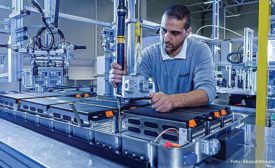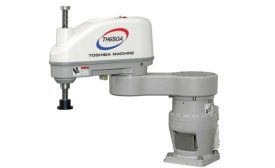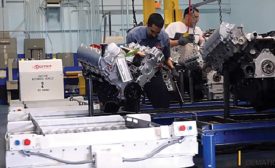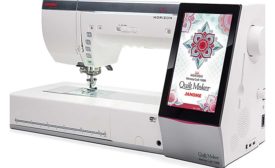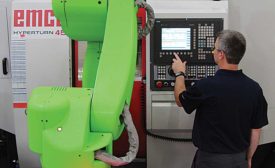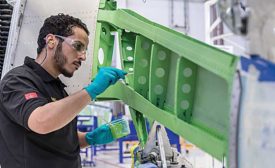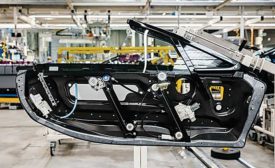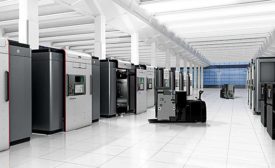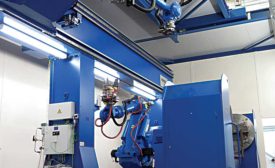Home » factory automation
Articles Tagged with ''factory automation''
How to Effectively Deploy Cobots
Assemblers could be throwing away as much as $90,000 per year due to improper integration of collaborative robots
July 15, 2019
Automated Dispensing in Aerospace
Advances in meter-mix technology, process monitoring and bead control are making automated dispensing technology a more viable option for aerospace assembly applications
July 12, 2019
Additive Manufacturing: The Quest for Automation
Robots and other tools are key to mass-producing printed parts
July 9, 2019
Never miss the latest news and trends driving the manufacturing industry
Stay in the know on the latest assembly trends.
JOIN TODAY!Copyright ©2024. All Rights Reserved BNP Media.
Design, CMS, Hosting & Web Development :: ePublishing
